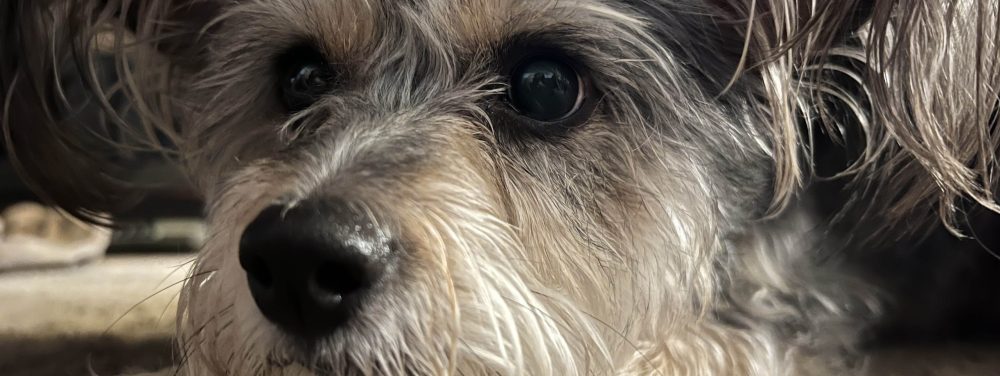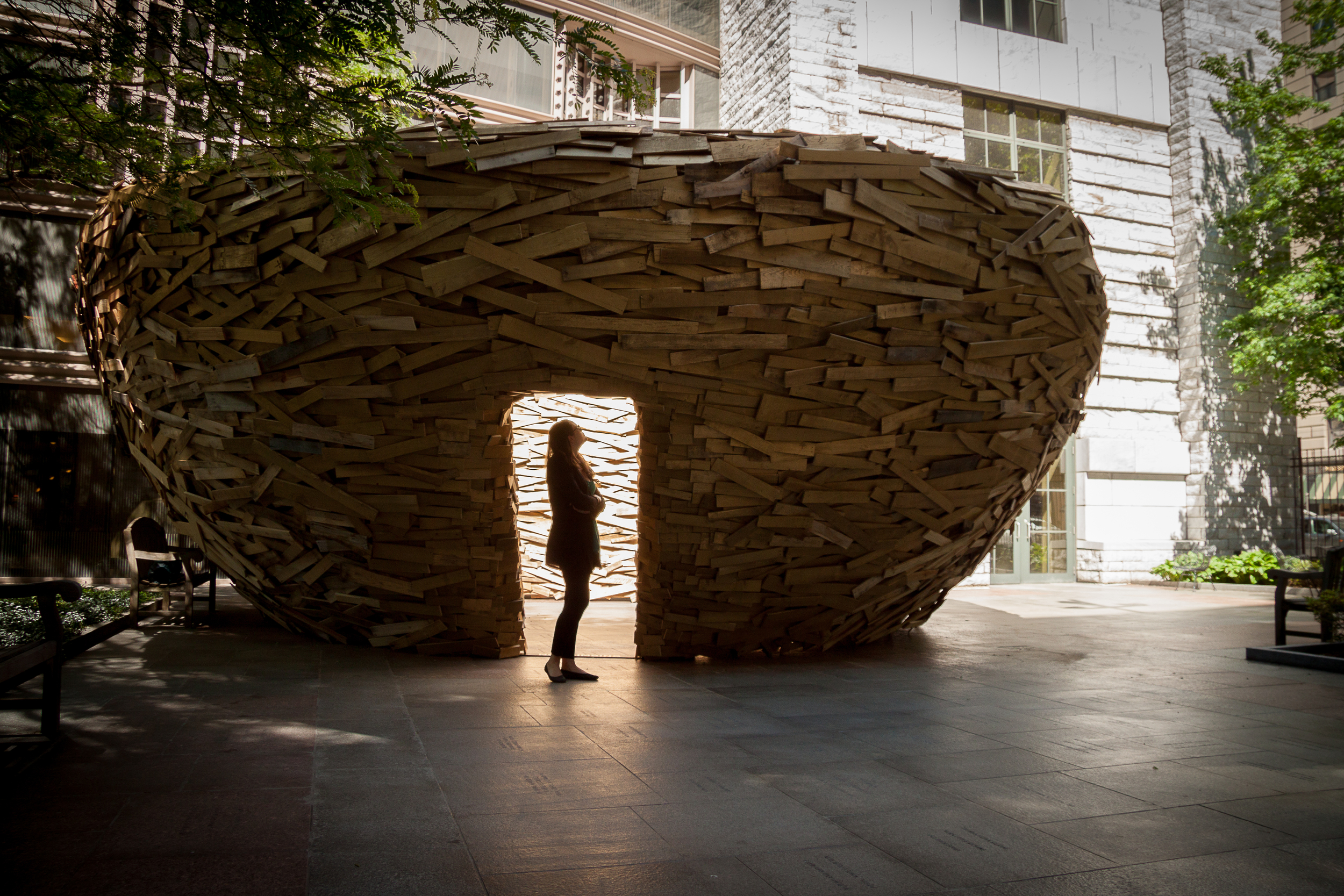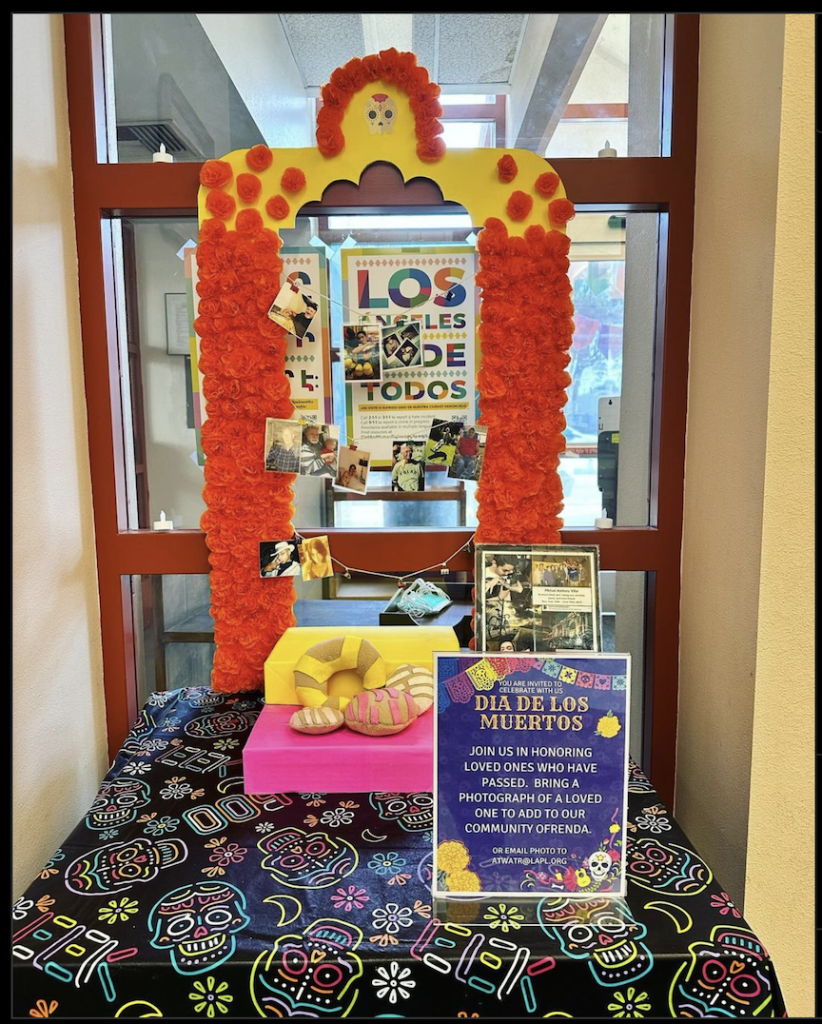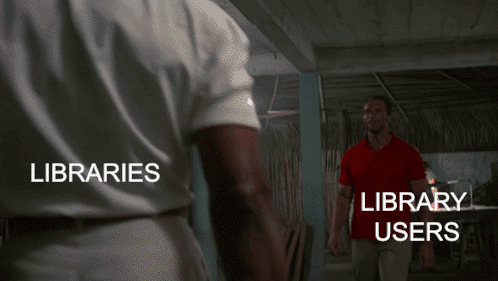“People forge bonds in places that have healthy social infrastructures—not because they set out to build community, but because when people engage in sustained, recurrent interaction, particularly while doing things they enjoy, relationships inevitably grow.” – Eric Klinenberg
Exploring New Models of Library Services has ignited a new curiosity in research for me. In addition to resources such as the Human Library (as mentioned in my last post), there are wonderful ways to engage and connect community members to each other outside traditional library settings. This type of service, in essence, encourages those seeking human connections to actually go outside their comfort zones and join in the conversations with others. However, what if someone cannot physically visit a library or other locations to connect with others? Senior citizens and individuals with disabilities or mobility issues may not be able to frequent these places, leading them to miss out on valuable resources and human interactions.
This is a huge issue, considering that in 2023, the U.S. Surgeon General declared loneliness an epidemic. The World Health Organization has also identified loneliness as a global health issue. Loneliness can dramatically affect physical and mental health issues and increase the risk of premature death by 26% (Our epidemic et al., 2023). “Social connection is a fundamental human need, as essential to survival as food, water, and shelter,” and yet half of American adults have reported experiencing loneliness (Our epidemic et al., 2023).
Man, apologies for the downer tone of this post so far, but I had to go into detail about the issue of loneliness to highlight my next, and much more positive, note.
Libraries are sanctuaries; they are one of the only places that truly welcome individuals from all walks of life (there are some unfortunate outliers, but for the most part, this is true). The many resources, services, and outreach programs libraries produce to combat issues affecting their communities are inspiring, such as the Anythink program offered through all the libraries in Adam County, Colorado. My favorite community outreach service they produced is bringing awareness of the resources provided directly to the doorsteps of their community members, making all members, current or new residents to this area, aware of what their local library branch offers. Although brief, it is a simple, straightforward approach that includes a social connection component that can be highly effective. But one of the greatest examples I’ve seen that can aid in loneliness indirectly but in a profound way is the “Home Library Service,” primarily utilized by U.K. libraries.
A few examples are the Kent Libraries and Northern Beaches Libraries, which have adopted the Home Library Service in their branches. This service is genius in its simplicity; a librarian, library staff member, or volunteers connect with community members, figure out their needs (do they want to borrow books or have tech issues), and bring desired materials to that patron’s doorstep. Now, the big difference here is that it is not a delivery service; it is rather an opportunity to connect and foster a relationship with that person, where each interaction the librarian or volunteer has with their assigned patron is another opportunity to learn from each other. The delivered books or materials are simply an ice-breaker to start a conversation.
I love this concept so much, and it makes me feel grateful that these types of services exist! It is heartbreaking to know so many people are suffering from loneliness, a subject that is not easily spoken about, and yet these types of services exist and thrive to combat this issue.
Now, the Home Library Service seems successful in smaller communities, so I wonder how this will look in major cities in the United States. How would a program like the Home Library service look like in your local branch library? Would it be an impossible thing to do? Or maybe you have seen or heard of similar services that have worked? Let me know your thoughts.
References:



